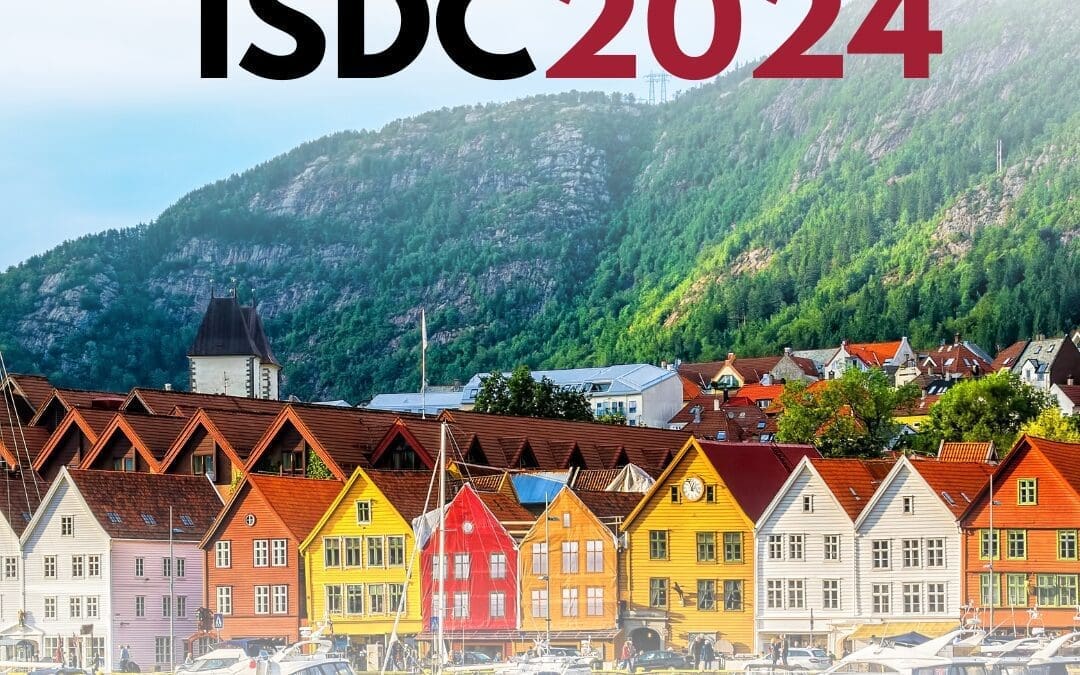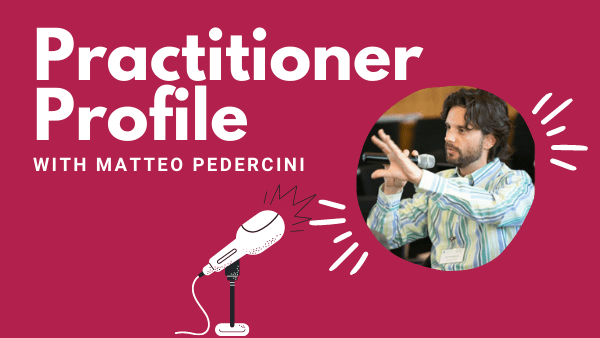Practitioner Profile: Matteo Pedercini, Millennium Institute
Welcome to Practitioner Profiles, a series of up-close blog-length interviews with experienced System Dynamics practitioners. We have a standard set of 10 questions and let practitioners take the responses in any direction they choose. They tell us about who they are, how they got involved with the field, how they work with clients, and in what new directions they may be heading. A new profile will be posted every few weeks during 2021.
For any questions or comments, please contact the editors of these interviews, Dr. Jack Homer (jack@homerconsulting.com) and Dr. Saras Chung (saras@skipdesigned.com).
For today’s spotlight, we talked with Matteo Pedercini from the Millennium Institute.


lWhat kinds of SD project applications does Millennium Institute do?
We develop integrated simulation models for national planning, with the purpose of providing national governments with the tools and capacity to create sustainable development strategies.
What is distinctive in your approach to SD projects?
I can think of two ways our approach is distinctive. First, our primary goal is to provide tools and capacity, so that our client-partners can eventually perform the required analysis themselves. Second, most of our modeling starts from a “template” that accumulates the learning from each country project into an ever-enriching framework.
In what way is MI perhaps different from other organizations doing SD project work?
I think we are an especially open organization, with a flat network structure, that allows all of us to express our ideas and learn from one another.
What is your role at MI?
I supervise our project work and facilitate knowledge exchange within the organization.
How did you originally get interested in SD, and when was that?
My first exposure to SD goes back to the mid-nineties, when I first played the Beer Game and did some very preliminary modeling at undergraduate level. I got so passionate about it that I started looking for self-instruction materials—for example, Road Maps—reading avidly anything I could find. The Fifth Discipline was also influential for me. At the time, I was working for an NGO in Central Africa, and the systems perspective that I was slowly building was proving to be a tremendously effective framework for understanding the issues I was trying to address.
What individuals or organizations are inspirations to you?
I was, and continue to be, inspired by the work of the SD group at the University of Bergen, my alma mater. Besides their research and teaching, what really struck me is how Pål Davidsen and Erling Moxnes embedded that systems perspective and principles in their everyday work, leading the group by example.
What accomplishments are you proud of?
I am happy to see that SD modeling is gradually coming out of the shadows and is increasingly used for sustainable development planning. It is still not a mainstream method, but systems perspectives seem to be gaining broader recognition and acceptance. This acceptance is necessary for the world to adopt a deep understanding of the sustainability issues we face and the changes that need to be made. I believe MI has contributed to such positive change, and I am proud of that.
What challenges have you experienced?
The single most difficult challenge that we have faced in many projects is the high turnover of key personnel in our client-partner institutions. Training is a central component of our approach and is critical for proper institutionalization. High turnover can undermine our attempts to establish a solid core of well-trained personnel.
What kinds of SD work would you like to be doing over the next 5 years?
I’d like to further explore hybrid modeling methods, in particular blending SD with dynamic stochastic general equilibrium modeling, to strengthen our economic formulations, and agent-based modeling, to bring granularity and network dynamics where needed. I have seen such hybrid modeling attempted, but there is plenty of room for improvement in its coherence and transparency.
Are there any specific changes you would like to make in your approach to SD projects?
It is sometimes hard to balance project efficiency and client-partner involvement. Our approach emphasizes such involvement, but we often experience delays trying to adjust the project timeline to the client-partner’s availability. When coupled with the problem I mentioned of client-partner personnel turnover, the delays can lead to a lot of rework. I’d like to be able to increase efficiency without giving up on client involvement, which in the long run is critical for institutionalization.
Have other questions or comments? Leave a comment below or learn more about Matteo Pedercini’s work here.
Recent Posts
How Did En-ROADS Get 755,000 users? Lessons on Modeling, Interface Design, and Facilitation
This article discusses the En-ROADS climate model, detailing its robust modeling, intuitive interface design, effective facilitation, and strategic policy engagement for global impact.
Society Governance Updates
New System Dynamics Society leadership
Call for Presenters: Seminar Series
Share your insights in the System Dynamics Society Seminar Series. Submit your proposal and join a global community of experts
Upcoming Events

2024 International System Dynamics Conference
The International System Dynamics Conference is coming to Bergen! Save the date: August 4-8, 2024. We hope to see you there! #ISDC2024
Recent Business cases
System Dynamics Helps Evaluate Anticipatory Action on Cholera Outbreaks
Humanitarian agencies encourage anticipatory action in disaster response to cholera outbreaks in the Democratic Republic of Congo.
Management Design for Planted Forests in Japan Using System Dynamics
Hanno City in Saitama Prefecture used a system dynamics model to enable detailed analysis of labor requirements and changes in forest conditions.
Solving Bottlenecks in Dairy Production Facilities with System Dynamics
FriedslandCampina employed system dynamics to strategically enhance production efficiency in the midst of factory merging.




Hi
Is the high turnover of the key personnel in your client institutions an electoral one, and in that case it can affect not only the people’s training but the decisions of implementation by the politicians.
JJ